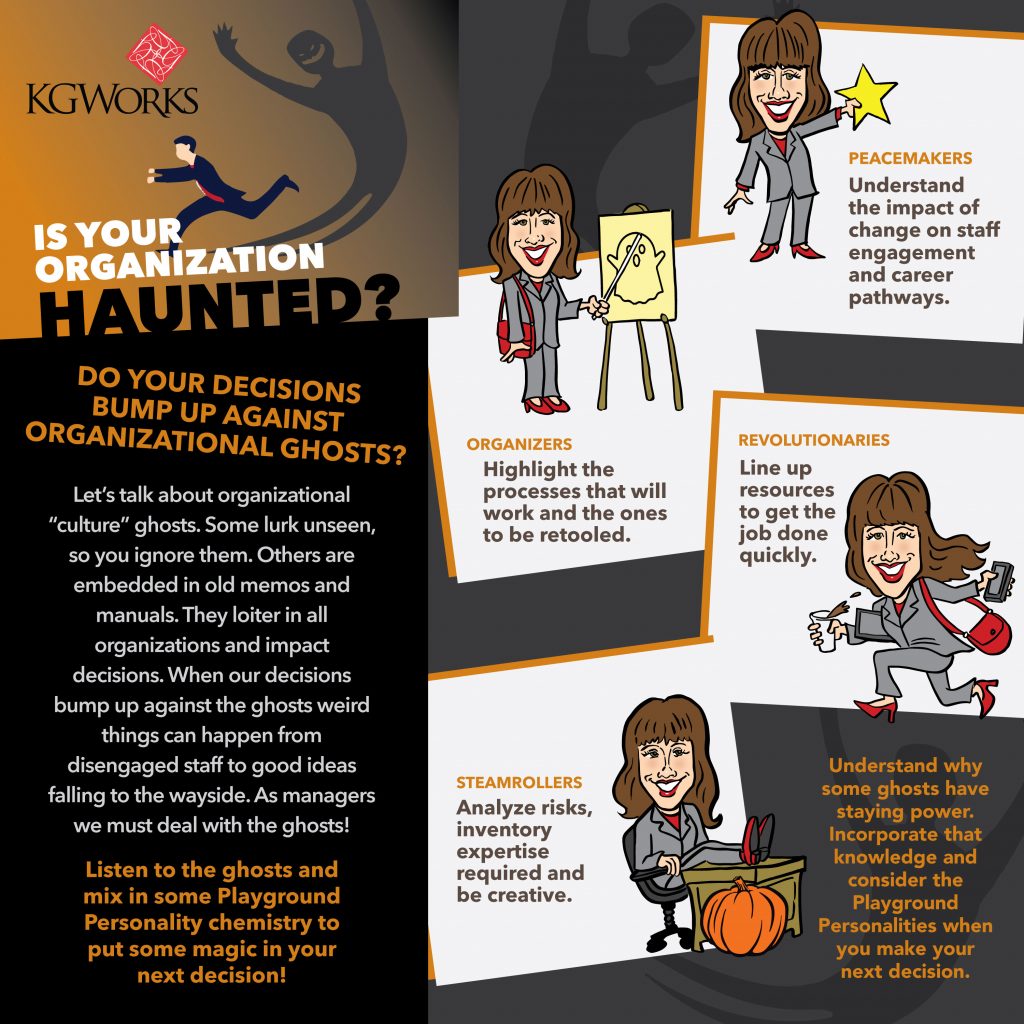Publication 16, Issue 1
Back in the day, good old fashioned phone calls gave you a chance to make small talk, give one or two important points, have a laugh or kick around ideas with a colleague or contact. Ah, the good old days when you actually had a chance to have a conversation! Times have changed. Now messengers send these greeting-less, demanding, emoji-populated, dense messages to people who may get your point, but are just as likely to become offended, confused, charged up or disengaged. And we wonder why as managers we spend countless hours unscrambling miscommunication, unable to get our work done! Really?
I’m sure there were miscommunications on phone calls too – but at least you had a chance to have a dialogue. As managers we’re on a collision course with miscommunication if we don’t clean up our acts – myself included! How can we bring the sociability of old-style phone call conversations to the words we write in haste in our emails and texts? Written conversations where you say “hello,” give clear instructions; perhaps raise those meaty issues with humor? It’s easy – know whom you are writing to before you type that message. Applying the Playground Personalities to your written word will be a game-changer. It’s super easy!
Engaging the Peacemaker up front is critical. Saying “Dear” or “Hello” is a must. Remember, relationships matter to Peacemakers, so starting without a greeting really demotivates them. Peacemakers want to help, feel appreciated, and sometimes take on a little more than they should – so don’t overload them or take advantage of their good nature. The words in your messaging must be carefully selected before you hit the send button! Short, curt, cold emails will not get you the response you’re looking for. Simply say, “Hope this email finds you well,” and you’ve got their attention!
Being clear, concise and to the point is all the Organizer wants. Your messages need to include short, bulleted information with direct action verbs. For example, “Put the agenda together for Monday’s meeting by Friday at 2pm.” “Establish a timeline for the project milestones by XYZ date.” Sound easy? Well, be careful when communicating due dates or deadlines with Organizers. They work at break-neck speed to get things done, so if your deadlines are artificial, over time you will erode the respect of the Organizer and there won’t be a rush to get the work done.
Use brief communication for the Revolutionary – no “song and dance”! Using the subject line of the email to grab the reader is super-noticeable and eye-catching! If the Revolutionary spots a subject line with a zippy word or a “curious question” he or she is more apt to open that email: “Got numbers?” or “On fire!” or my all-time favorite – “HELP!!!”. To ensure the Revolutionary staffer opens (and reads) your email, other tactics include being directive, “real,” and keeping the body of your messages to ten words or less. For example, “Need inputs for Jan meeting by 2 today otherwise…no go!”
Be expert-like and ask Steamrollers for their opinions and ideas up front, otherwise why would you waste their time sending them an email? Acknowledge that they are the subject-matter experts. Messages have to be meaningful and purposeful. They don’t have to be long, but they have to explain the background of an issue and how the Steamroller’s expertise fits in moving forward. Details aren’t important to the Steamroller. The details will come later. It’s okay to explain the big picture, but keep it brief and describe the Steamroller’s involvement in the project.
Sending messages right the first time, where the focus is on preventing miscommunication, is one secret to being a happy and productive manager. It’s far better than having to fix things after they’re broken. So next time, before you launch into your “to do” list tirade or soliloquy email messaging – think about the intention behind sending the message, think about what you want someone to do or know by sending the email, and of course, know what’s going to motivate the recipient into action!

